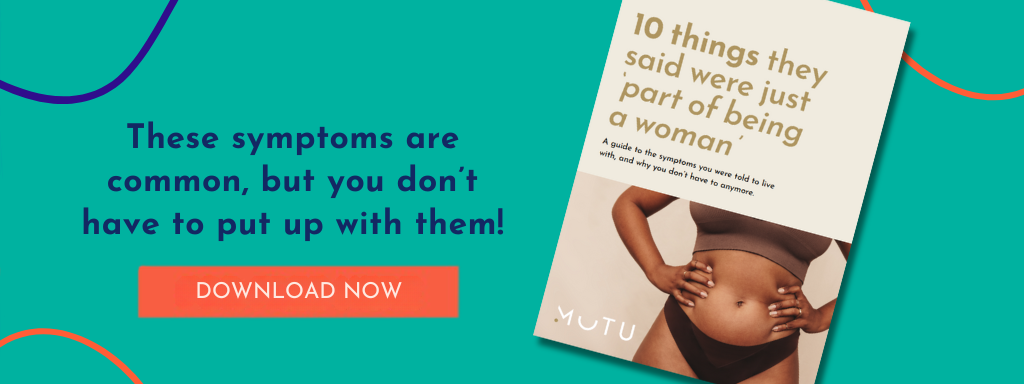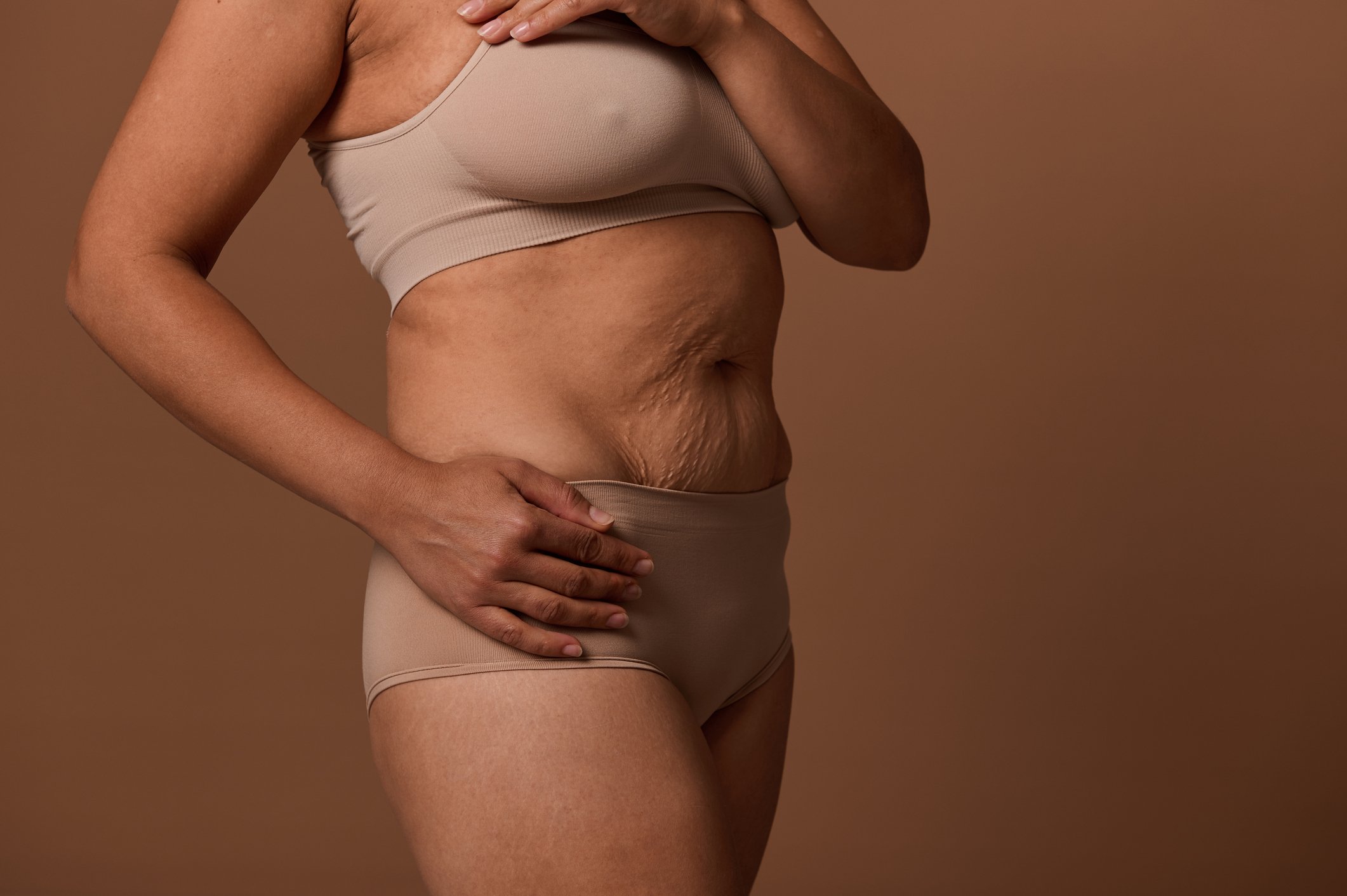C-Section Scar Healed on the Outside? That Doesn’t Mean You’ve Recovered
You had a C-section. You were told to rest. Maybe you were told to avoid lifting. Then… you were signed off.
The scar closed. The baby grew. Life moved on. But now, perhaps months or years later, your core still doesn’t feel right. You still feel numb around the scar. Or perhaps you feel a pulling sensation or a sharp “zap” when you stretch, move, or touch your belly.
This isn’t your imagination. And it isn’t something you just have to live with.
C-section scar pain and numbness are more common than you’ve been led to believe — and they’re often a sign that recovery was never complete. Let’s unpack what’s actually happening, why it matters, and how you can move forward.
What’s Normal After a C-Section — and What’s Not
Some numbness around a C-section scar is expected in the first few weeks. The abdominal wall, including the skin, fascia, and nerves, is cut during surgery. That kind of disruption takes time to settle.
But what’s not normal is when symptoms persist for months or years. Here’s what many women still experience, long after “healing”:
- A deadened patch above or around the incision
- A tight or pulling sensation during movement
- Sharp, sudden pains when stretching or standing
- Pain during sex or with bladder and bowel function
- Difficulty feeling or activating the core muscles
These aren’t rare. They’re just rarely talked about.
Why C-Section Scar Pain Happens — Even Years Later
C-section recovery involves much more than the outer layer of skin. During surgery, the surgeon cuts through:
- Skin
- Subcutaneous fat
- Fascia
- Abdominal muscle layers
- The peritoneum (tissue lining the abdominal cavity)
- The uterus
Nerves that supply the lower abdominal wall — primarily from the iliohypogastric and ilioinguinal nerves — can be damaged, stretched, or severed during this process【1】. This damage often causes loss of sensation or altered nerve signals around the incision site.
Additionally, the healing process often creates scar tissue adhesions — bands of connective tissue that form between tissues and organs. Instead of sliding and gliding as they should, these structures become stuck.
These adhesions can:
- Limit core and trunk movement
- Restrict breathing and mobility
- Contribute to bowel or bladder issues
- Causes discomfort or pain during sex
Scar adhesions can also affect posture, leading to imbalances and overcompensation from other muscles【2】.
You’re Not Broken — You Were Just Never Taught to Reconnect
After surgery, your body goes into protective mode. You may:
- Brace your torso unconsciously
- Avoid twisting or rotating
- Hold tension in your jaw, glutes, or shoulders
- Compensate with shallow breathing
Over time, this becomes your new normal. And unless you’re taught how to rebuild sensory and muscular connection, your deep core muscles — especially the transverse abdominis and pelvic floor — stay shut down [3】.
This is often referred to as “core amnesia” or neuromuscular shutdown. It’s not weakness. It’s disconnection. And it’s incredibly common.
So if you’ve been told:
- “Everything looks fine”
- “It’s just part of motherhood”
- “The scar’s healed so it shouldn’t hurt”
…you weren’t being given the full picture.
What C-Section Scar Recovery Should Actually Involve
Effective recovery addresses far more than skin healing. You need strategies that restore function, mobility, and sensation from the inside out.
Here’s what that looks like:
1. Scar Desensitisation and Massage (When Fully Healed)
Once the incision is fully closed (usually around 6 weeks), gentle touch and massage techniques can:
- Reduce nerve hypersensitivity
- Improve circulation
- Prevent or release adhesions
- Restore proprioception and body awareness【4】
This doesn’t mean poking or pressing hard. It’s about gentle, consistent touch to help your brain and body reconnect.
2. Breathwork and Intra-Abdominal Pressure Management
Your breath drives your core. The diaphragm, abdominal wall, and pelvic floor work as a team. When one is out of sync (as it often is post-surgery), the system breaks down.
By learning to:
- Inhale fully, expanding your ribcage and belly
- Exhale while gently engaging your deep core
…you can retrain the system to coordinate again【5】.
This is foundational for resolving both scar tension and deeper pelvic floor symptoms.
3. Functional Movement
Forget crunches or planks. Real progress comes from:
- Moving in alignment (head over ribs over pelvis)
- Lifting, rotating, and walking with breath-led support
- Rebuilding coordination, not just “strength”
Every movement you make during the day — standing, feeding, lifting, carrying — becomes rehab when you move with intention.
When Left Untreated, Scar Dysfunction Can Spiral
You don’t need to be in crisis to take this seriously. But when scar adhesions and disconnection go unaddressed, it can lead to:
- Persistent back pain
- Increased risk of pelvic organ prolapse
- Urinary or fecal incontinence
- Reduced sexual function or pleasure
- Diastasis recti that never fully resolves
And perhaps most impactfully — a sense that your body just isn’t yours anymore.
You deserve better. C-section scar pain isn’t something you should have to push through or ignore.
Is It Too Late to Start? No. Here’s Why
It’s never too late to retrain your body. Whether your C-section was 6 weeks or 6 years ago, the body remains responsive to rehabilitation.
Nerve pathways can rewire. Muscle coordination can return. Sensation and strength can rebuild — with the right inputs and consistency【3】【5】.
If you still feel numb, tight, or like you can’t “feel your core,” you’re not broken. You were never shown how to reconnect.
MUTU Supports the Recovery You Were Never Offered
MUTU’s medically trusted programme guides you through:
- Breath-led movement to reawaken core control
- Scar awareness and touch guidance
- Safe, progressive rehab that fits your real life
It’s gentle, trauma-informed, and built for every phase of postnatal recovery — not just the “bounce back” phase.
You won’t find dangerous pressure cues, quick-fix promises, or shame here. Just clarity, connection, and strength.
👇 Start your 10-day free trial today.
Because c-section scar pain doesn’t have to be your normal.
Sources
- Stecco, C., et al. (2014). The fascial system and its role in spine and musculoskeletal pain. Current Pain and Headache Reports, 18(5), 427.
- Herrmann, V., et al. (2020). Adhesions after Cesarean section: Current knowledge and evaluation. Archives of Gynecology and Obstetrics, 301(6), 1365–1375.
- Arikawa, H., et al. (2020). Dysfunction of transversus abdominis muscle activation and its association with post-cesarean pain and recovery. European Journal of Obstetrics & Gynecology and Reproductive Biology, 247, 117–123.
- McDonald, S., et al. (2021). Touch and massage post-Caesarean section: A systematic review. Journal of Bodywork and Movement Therapies, 27, 193–200.












